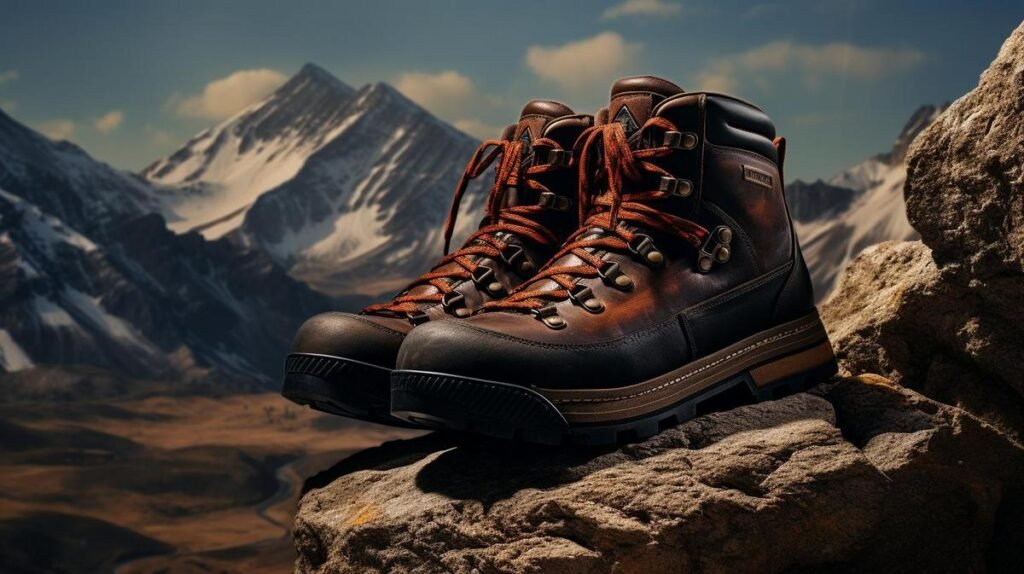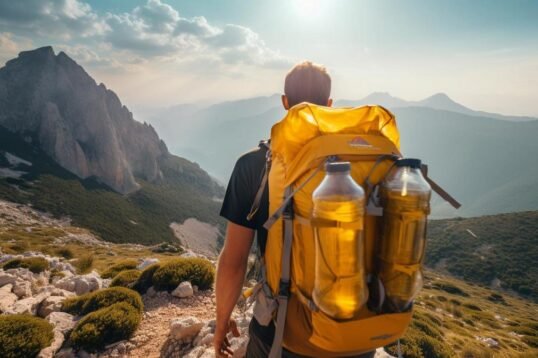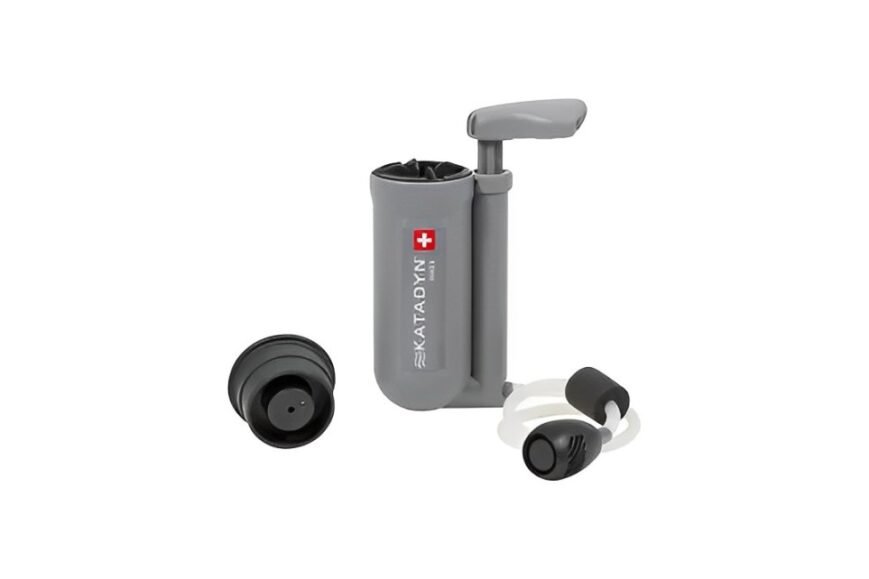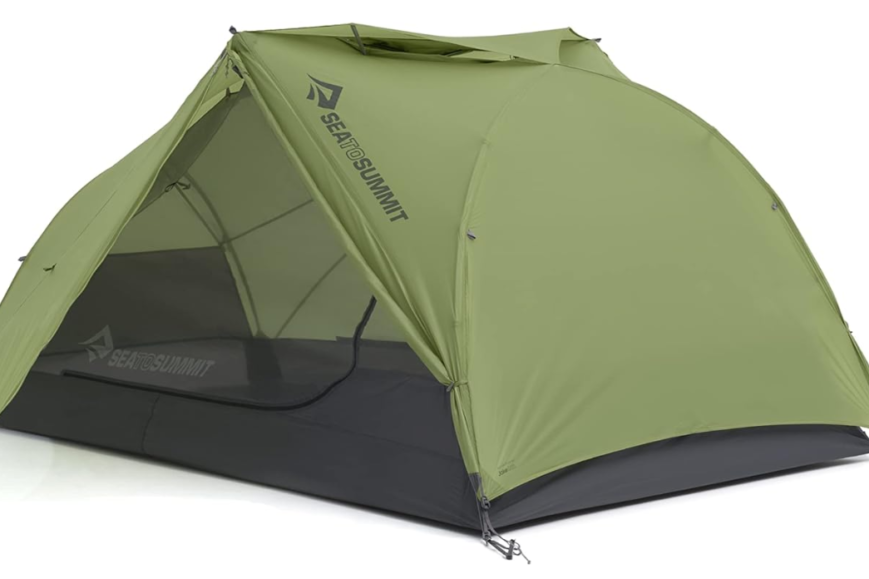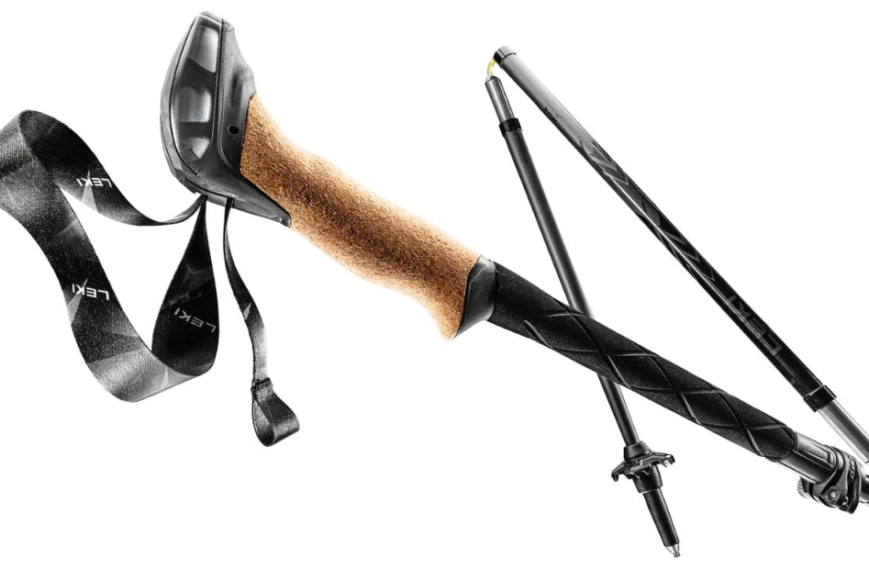- The best leather hiking boots for men should be durable, comfortable, provide good grip, and have waterproofing.
- When fitting boots, allow a thumb’s width at the toe, ensure a snug but not tight fit, and test walking on angled surfaces.
- Waterproofing is crucial to keep feet dry and extend a boot’s lifespan. Look for a solid waterproof label and test before a big trip.
- Boot durability depends on leather quality, sole traction, sturdy boot components, and construction techniques.
- Boot care includes cleaning after hikes, applying leather conditioner, and storing in cool, dry places. Special treatments are needed for extreme weather.
- Material variations in boots include full-grain leather for toughness, nubuck for softness, and vegan options for environmental friendliness. Boots need to support ankles and allow breathability.
Are Men’s Leather Hiking Boots both tough and stylish on the trails? See which boots make the cut. Get smart about key features, fit, and care for your next pair. Join us for a deep dive into top picks at RuggedRoll.com.

What Are the Key Features of the Best Leather Hiking Boots for Men?
Best men’s leather hiking boots? Look for durable materials, comfort, and good grip. These boots have traits that make your hike safe and fun. Quality brands matter too. They use top materials and designs. This makes boots last longer. You want your boots to look good and work well, right? Well, the best boots do both.
Let’s dig deeper into these features.
Good hiking boots protect your feet. They have thick soles with deep treads for grip. When the trail gets slick or steep, you stay on your feet. A padded ankle collar keeps your ankles safe. It helps prevent twists and sprains. Leather is tough, so it guards your feet against scrapes and pokes.
Now, think about how they feel. Best boots must fit right and feel good. They come with a soft insole that cushions every step. A snug fit means your foot won’t slide around inside. But you don’t want them too tight. Your toes need room to move.
What about looks? Men’s stylish leather hiking boots come in many shapes and sizes. They pair well with outdoor gear and casual wear. You can go from trail to town without skipping a beat.
Solid brands have a strong rep for making great boots. They blend style and function seamlessly. These companies spend years refining their boots.
Key features in top-rated men’s trail boots leather include sturdy build, excellent grip, foot support, and comfort. The boots are tough, but they look good too. Brands that stick around understand this mix. They keep making boots that meet these high standards.

How to Choose the Right Size and Fit for Your Men’s Leather Hiking Boots?
Choosing the right size for hiking boots starts with your foot length. Add a thumb’s width at the toe for movement. The right fit means snug not tight, leaving room for socks. Comfortable footbeds matter for long trails.
Understanding boot sizing and measurements requires you to know your foot’s size. Measure your foot in inches or centimeters. Use the brand’s size guide to find your match.
A perfect boot fit feels cozy but allows toes to wiggle. Heels must stay put when you walk. To test this, slide a finger behind your heel when laced up. One finger should fit, but two mean it’s too loose.
Footbed comfort in men’s leather hiking boots means proper arch support. You want a footbed that curves at the right places. This spreads the load and prevents sore feet.
For trying on boots, wear the socks you plan to hike in. Walk on angled surfaces to check pressure points. Look for boots with removable insoles if you use orthotics.
Pick a men’s leather hiking boot fit guide from the brand when in doubt. They tailor this to each model’s unique design and build.
Notice how boots feel on inclines and how your foot slides. This tells you a lot about the fit and control. Remember, on trail days, good fit equals more fun and fewer blisters.
Why Is Waterproofing Crucial for Leather Hiking Boots?
Waterproof men’s leather hiking boots? Yes, it’s key to keep feet dry and comfy.
Waterproofing for leather boots makes them ready for rain, snow, and crossings. It seals out water so you can hike without wet feet ruining your day. Good waterproofing also means your boots last longer. Without it, leather can soak up water, get heavy, and break down faster. It’s like a shield that helps your boots fend off water damage.
For the best men’s leather hiking boots, look for a solid waterproof label. This label tells you that your boots can handle water from puddles, rain, or small streams. The best boots use tech that stops water but lets your feet breathe. This balance is tough to strike, but key to avoid sweaty or soaked feet.
When you get new waterproof boots, test them before a big trip. Wear them as you would on the trail, walking through wet grass or shallow water. This way, you’ll know they are up to the task. For leather hiking boots in winter conditions, waterproofing is even more vital. Cold, wet feet can ruin a hike fast and can be unsafe in freezing temps.
Care for your waterproof boots right, and they’ll serve you well. Clean off mud and grit after hikes to protect the waterproof layer. Use products meant for waterproof leather to keep it in top shape.
Choosing boots for weather changes? Go for waterproof ones for peace of mind. They’re ready for anything nature tosses your way. With these, you can focus more on the hike and less time on avoiding every little puddle.

What Determines the Durability of Men’s Leather Hiking Boots?
Good leather makes boots last long. Sole traction helps in rough lands. Tough parts mean strong wear. Here’s how it all works to keep your boots going for miles.
Analyzing Leather Quality and Boot Longevity
Great leather equals durable boots. It resists wear and supports your feet on trails.
The Significance of Sole Traction in Tough Terrain
Good soles grip earth and rocks. They keep you safe on steep slopes and wet trails.
Identifying Heavy-duty Features for Rugged Use
Search for reinforced toes and strong laces. These features help boots handle hard hikes.
Construction Techniques That Enhance Durability
Look for stitched soles, not just glued. They stay on better and take more beatings.
Leather quality in boots is key. Full-grain leather is strong and lasts a long time. That’s why heavy-duty men’s leather hiking boots use it. It doesn’t break down as easily and keeps looking good.
As for soles, they need deep grooves. These grooves give you sole traction for mountain boots. They grip the ground so you don’t slip or fall. This is a must-have on hard trails and during climbs.
Boots for rough use need strong parts. They have thick soles and tough, metal eyelets. These boots can take a lot of walking and heavy loads.
How a boot gets put together also matters. Boots made with care have parts that stay together. They can take on water, rocks, and long trips. Some brands use special ways to make the sole stay on the boot. Others use double stitching for more strength.
Remember, your boots take care of you on your hike. So pick ones that last and you’ll enjoy many adventures ahead.
How Do You Properly Care for and Maintain Your Leather Hiking Boots?
Taking care of leather hiking boots is easy. Clean them after each hike. Use a brush to remove dirt. Don’t forget the soles! Apply leather conditioner often. It keeps the leather soft and strong.
Routine Care Practices for Long-lasting Boots
Routine care? Yes, it keeps boots strong. Wipe off mud right away. Dry them slowly and naturally. Don’t put them near a heater. Stuff them with newspaper to help them keep their shape.
Special Treatments for Extreme Weather Conditions
Extreme cold or heat? Treat your boots first. Use wax-based protectants for snow. They block water and salt. In hot, dry places, more conditioner is key. It stops cracks and splits.
The Use of Conditioning Products on Leather
Why use conditioning products? Leather loses oils over time. Conditioning helps replace them. Leather becomes less likely to tear or break. Find products made for hiking boots.
Storage Tips to Prevent Leather Damage
Store boots in a cool, dry place. Avoid sunlight, which can fade the leather. Keep them away from damp areas. Mildew and mold can grow fast. All set for your next adventure!
What Style and Material Variations Exist in Men’s Leather Hiking Boots?
Full-grain leather boots are tougher than nubuck boots. Nubuck boots feel softer. This is because full-grain leather uses the outer layer of animal skin, making it very durable and ideal for rough terrain. Nubuck, however, is sanded to give a suede-like feel, which also makes it flexible but a bit less tough.
Good ankle support is a must in hiking. Boots with this support protect you from twists and sprains. Hiking involves walking on uneven ground, so a boot that covers and supports your ankles helps prevent injuries.
Some leather boots let your feet breathe. Breathable leather hiking shoes have small holes or a special design. They allow air to flow, keeping feet from getting too hot and sweaty. You can hike in comfort, and your feet stay dry.
Are there earth-friendly boots that don’t use animal leather? Yes, you can find vegan hiking boots. They don’t use animal products, are better for the environment, and often use materials like synthetic leather.
In summary, when picking men’s leather boots, consider how tough and soft the leather is, how well they support your ankles if they keep your feet cool, and if they fit your values, like being kind to animals and nature.

Conclusion
We just explored the must-knows for men’s leather hiking boots, from top features to proper care. Remember, the right boots mesh style with function and keep your feet dry and comfy, no matter the trail’s twists and turns. Count on reputable brands and expert tips to pick boots that last and support your outdoor passions. And don’t forget, taking good care of your boots means they’ll stick with you on many adventures. So lace up the right pair, and you’re set to hit the trails with confidence. Now, go explore!
![]()

